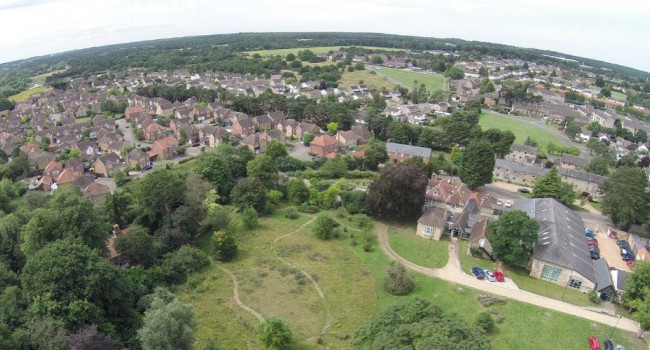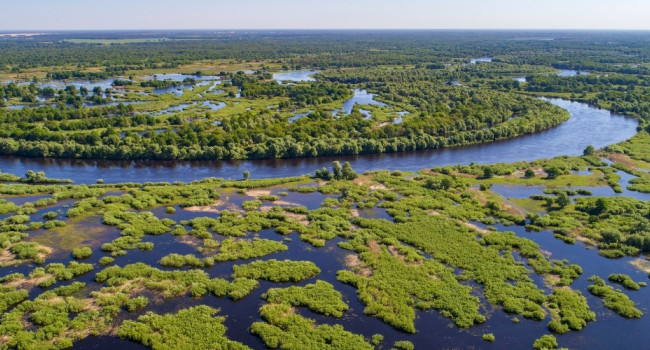Effects of deer on woodland structure revealed through terrestrial laser scanning
Author(s): Eichhorn, M.P., Ryding, J., Smith, M.J., Gill, R.M.A., Siriwardena, G.M. & Fuller, R.J.
Published: April 2017
Journal: Journal of Applied Ecology Volume: 54 ( part 6 )
Digital Identifier No. (DOI): 10.1111/1365-2664.12902
Terrestrial laser scanning (TLS) captures the three‐dimensional structure of habitats. Compared to traditional methods of forest mensuration, it allows quantification of structure at increased resolution, and the derivation of novel metrics with which to inform ecological studies and habitat management.
Lowland woodlands in the UK have altered in structure over the last century due to increased abundance of deer and a decline in management. We compared whole‐canopy profiles between woodlands with high (>10 deer km−2) and low deer density (c. 1 deer km−2), and in stands with and without records of management interventions in the last 20 years, providing a test case for the application of TLS in habitat assessment for conservation and management.
Forty closed‐canopy lowland woodlands (height range 16·5–29·4 m) were surveyed using TLS in two regions of the UK, divided into areas of high‐ and low‐deer abundance, and between plots which had been recently managed or were unmanaged. Three‐dimensional reconstructions of the woodlands were created to document the density of foliage and stem material across the entire vertical span of the canopy.
There was a 68% lower density of understorey foliage (0·5–2 m above‐ground) in high‐deer woodlands, consistent in both regions. Despite this, total amounts of foliage detected across the full canopy did not differ between deer density levels. High‐deer sites were 5 m taller overall and differed in the distribution of foliage across their vertical profile. Managed woodlands, in contrast, exhibited relatively minor differences from controls, including a lower quantity of stem material at heights from 2 to 5 m, but no difference in foliage density. All main effects were replicated equally in both regions despite notable differences in stand structures between them.
Synthesis and applications. Terrestrial laser scanning allows ecologists to move beyond two‐dimensional measures of vegetation structure and quantify patterns across complex, heterogeneous, three‐dimensional habitats. Our findings suggest that reduction of deer populations is likely to have a strong impact on woodland structures and aid in restoring the complex understorey habitats required by many birds, whereas management interventions as currently practiced have limited and inconsistent effects.








Share this page